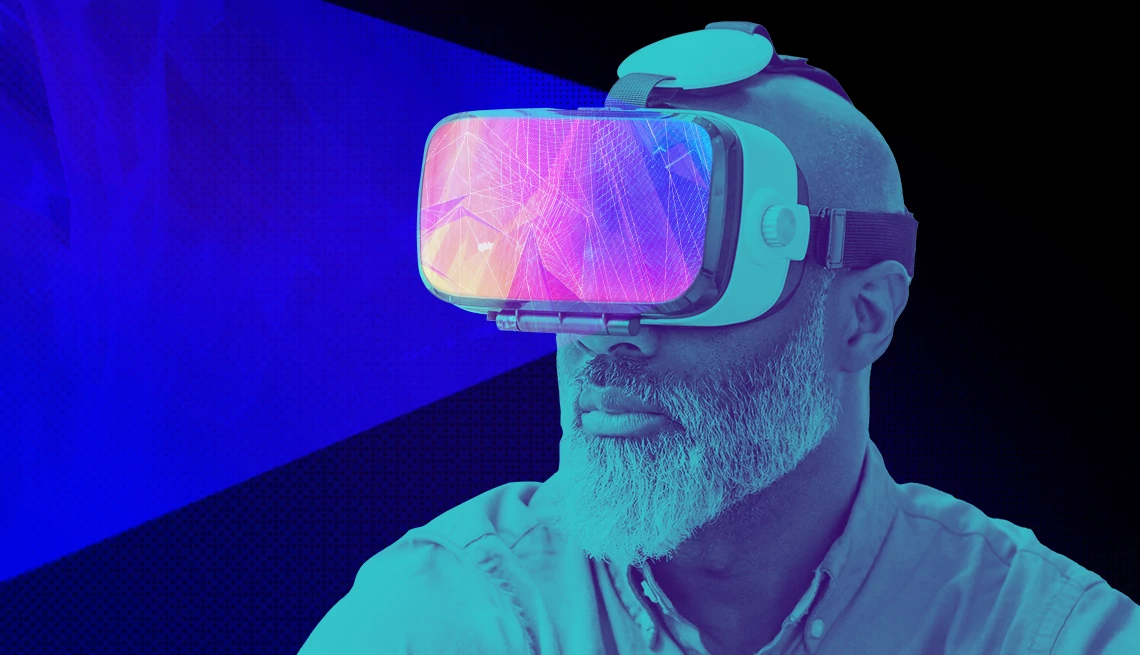
Demystifying virtual reality, augmented reality and mixed reality
- Select a language for the TTS:
- UK English Female
- UK English Male
- US English Female
- US English Male
- Australian Female
- Australian Male
- Language selected: (auto detect) - EN
Play all audios:

Reality-shifting schemes long ago escaped the sole purview of science fiction to become something that real consumers can experience themselves. Yet despite being in the public consciousness
for decades, virtual reality (VR), augmented reality (AR) and mixed reality (MR) are alien concepts to many older adults. These terms remain baffling even with recent high-profile launches
of the mixed reality Meta Quest 3 from Facebook-parent Meta and Vision Pro from Apple. You’ll also run across the phrase extended reality (XR), a catch-all moniker that applies to all the
above terms. To add to the confusion, science fiction fans may be familiar with “alternate” reality, the premise that universes with different timelines coexist with ours. The notion has
been around for centuries. Some think _Alice’s Adventures in Wonderland_, Lewis Carroll’s children’s novel published in 1865, introduced the idea of an alternate dimension to popular
culture. A 1963 episode of _The Twilight Zone_ called “The Parallel” was likely the first time that viewers saw the concept on TV. So far, alternate reality remains in the sci-fi realm. THE
TECHNOLOGIES DON’T HAVE DISTINCT BOUNDARIES Virtual reality, augmented reality and mixed reality increasingly overlap. But the degree to which users can exploit the technologies to immerse
themselves fully or partially in computer-generated or otherworldly environments — or pass back and forth — is what also sets them apart. The typical way to experience virtual reality, and
often augmented reality and mixed reality, is to wear a headset around your noggin. Some people will find them uncomfortable and isolating, and the devices often have a learning curve,
turnoffs that may dissuade folks from a trial run. You may also be able to don a pair of specialized smart glasses to engage with digitally created displays and virtual objects that show up
while you’re out and about in the real world, and such glasses promise an increasingly richer path to AR in the future. Smart glasses may be less nerdy looking, and it’s fair to say, put
less weight on the face and head, though many approaches are just now emerging. Let’s further demystify these terms. VIRTUAL REALITY IMMERSES YOU IN ANOTHER WORLD For much of its history, VR
has been more about promise and less about delivering on that potential though improvements in recent years have been enormous. The hype was especially in overdrive during the mid-2010s
after Facebook as a corporation, now Meta, spent $3 billion to buy VR startup Oculus. The latest VR headsets have elements of AR and mixed reality, but VR is still about complete immersion —
transporting you to a place, real or imagined, that’s nearly or completely impossible to visit in real life. The venue could be from the past or something in the future.
